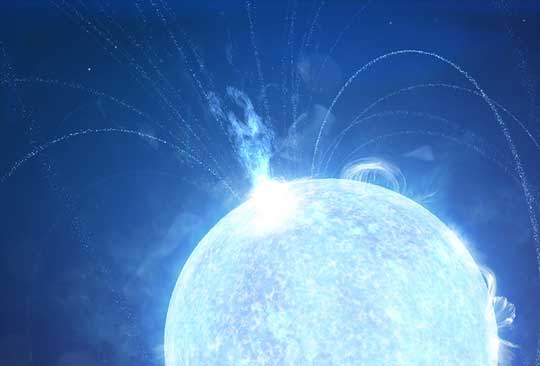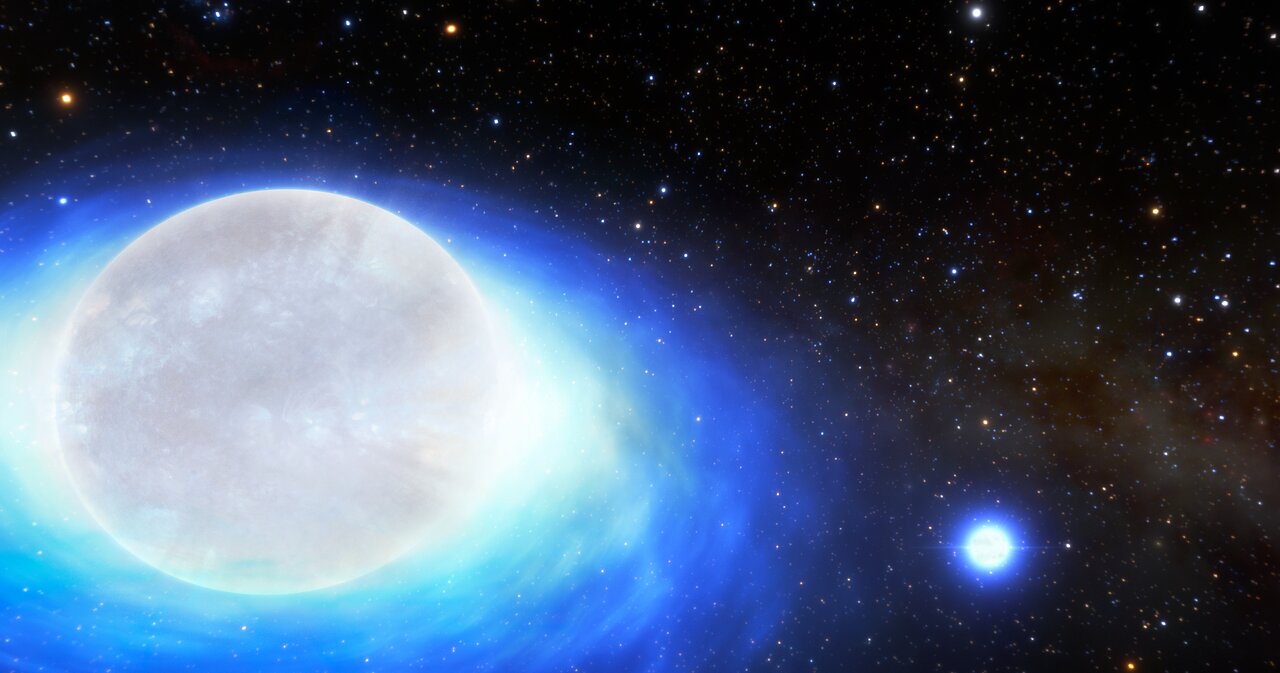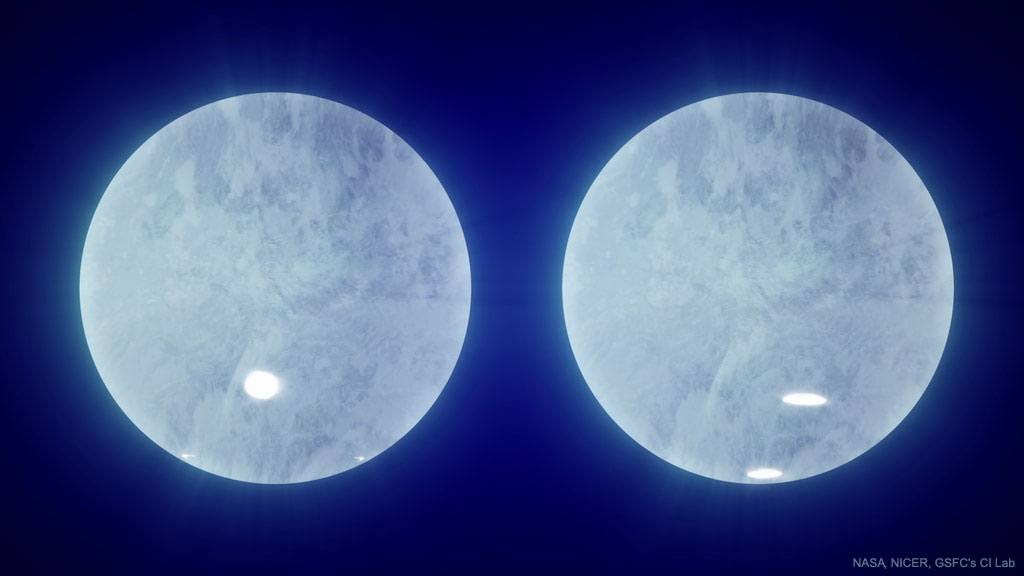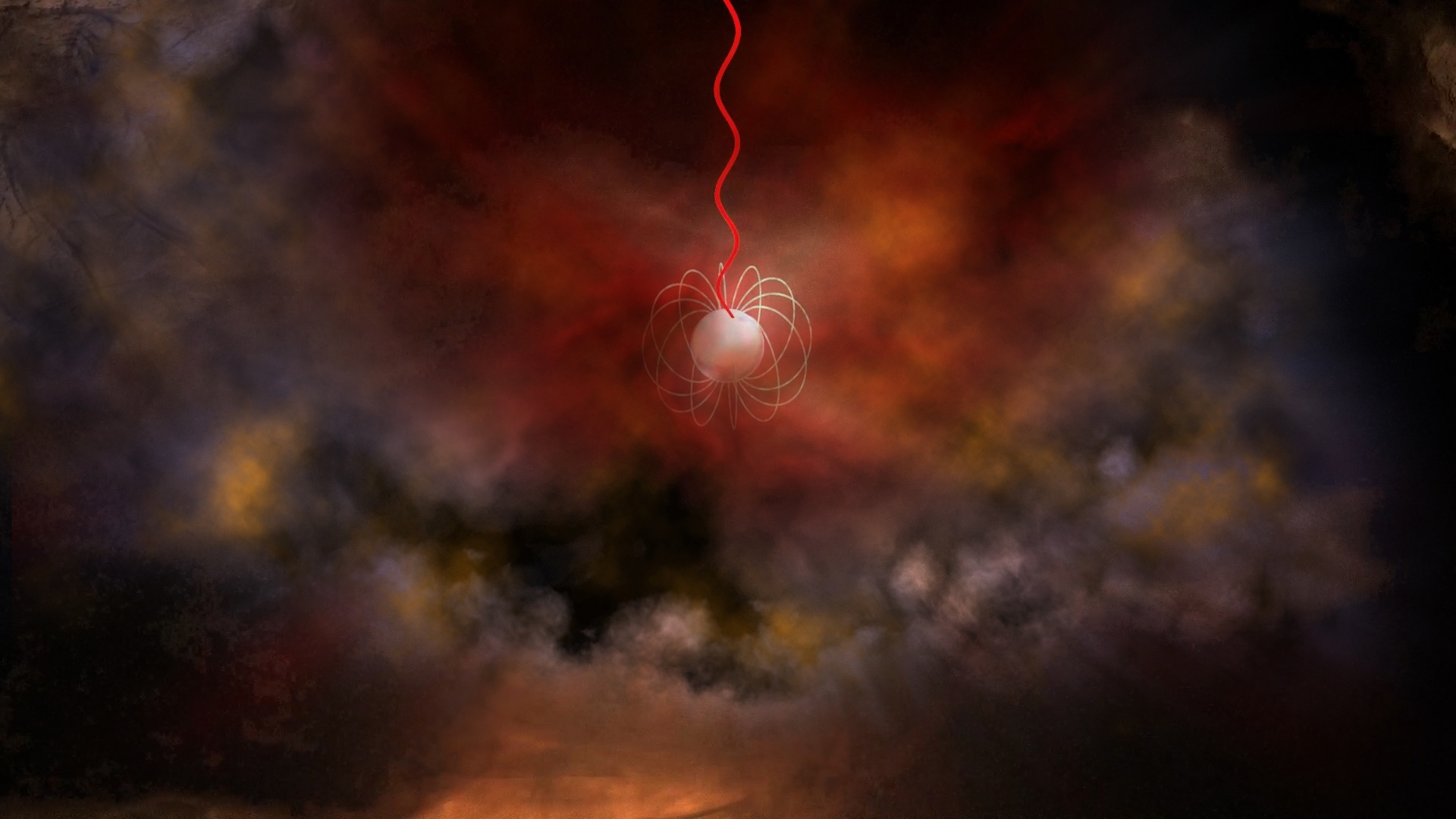In a recent study published in Nature Astronomy, an international team of researchers led by NASA and The George Washington University examined data from an October 2020 detection of what’s known as a “large spin-down glitch event”, also known as an “anti-glitch”, from a type of neutron star known as a magnetar called SGR 1935+2154 and located approximately 30,000 light-years from Earth, with SGR standing for soft gamma repeaters. Such events occur when the magnetar experiences a sudden decrease in its rotation rate, which in this case was followed by three types of radio bursts known as extragalactic fast radio bursts (FRBs) and then pulsed radio emissions for one month straight after the initial rotation rate decrease.
Continue reading “Magnetars are Extreme in Every Way, Even Their Volcanoes”Magnetars are Extreme in Every Way, Even Their Volcanoes










